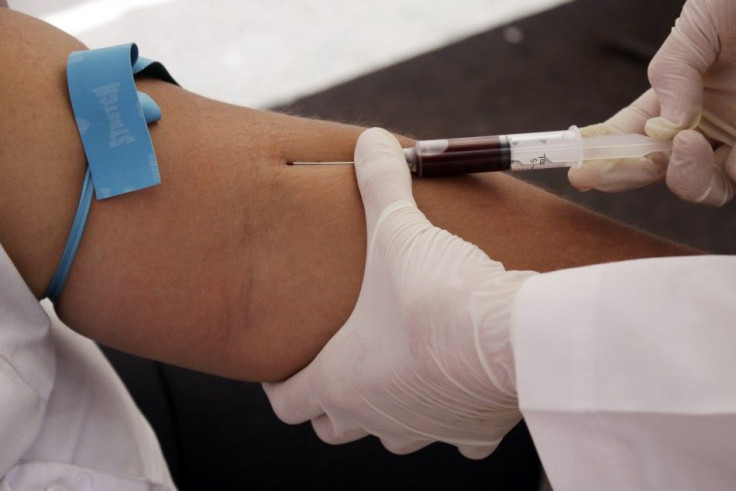Methemoglobinemia: What Is the Disorder That Afflicted the ‘Blue People of Troublesome Creek?’

The history of the Fugates, a family affected by a strange genetic disorder, has resurfaced online this week, leaving many wondering if blue skin is scientifically possible.The Fugates were a family that suffered from methemoglobinemia, passing along blue-tinted skin from generation to generation.
Known as the blue people, the Fugates and others afflicted with the condition lived in the Kentucky hills of Troublesome and Balls Creek through the late 1950s. While most lived to their 80s and 90s without serious illness, the blue people suffered discrimination from their strangely tinted skin.Their story became famous in an article, The Blue People of Troublesome Creek, written by the University of Kentucky's Cathy Trost in 1982.
In the 1960s, a young hematologist, Dr. Madison Cawein III, went to Troublesome Creek from the university to research the affliction and understand what was causing the blue coloring.
Cawein discovered that members of the family suffered from methemoglobinemia, a rare hereditary blood disorder characterized by an abnormal amount of methemoglobin -- a form of hemoglobin -- in the blood.
The National Health Institute explains that while hemoglobin in red blood cells distributes oxygen to the body, methemoglobin cannot release oxygen effectively to body tissues. Without oxygen, the heart, brain, muscles and organs cannot properly develop and die. Methemoglobinemia makes it difficult for the hemoglobin to carry and release oxygen effectively in the body.
Although Cawein died in 1985, his research remains and offers scientists insight into the recessive disease that rarely surfaces today. Methemoglobinemia can be inherited or it can be caused by exposure to certain drugs, foods or chemicals. It was common among the Fugates and in Troublesome Creek due to the close genetic exchanges resulting from inbreeding.
There are variations of methemoglobinemia that develop depending on how the disorder was passed to an individual. In addition to the bluish coloring of the skin, more extreme types of the disorder may include symptoms such as developmental delay, mental retardation, heart problems and seizures.
According to ABC News, the Fugates most likely suffered from a deficiency in the enzyme known as cytochrome-b5 methemoglobin reductase, which causes recessive congenital methemoglobinemia.
The disorder can be diagnosed today with a blood, test though instances of methemoglobinemia are rare. To treat severe methemoglobinemia, some patients are given methylene blue. Ascorbic acid, hyperbaric oxygen therapy and exchange transfusions may also reduce the level of methemoglobin in the blood.
© Copyright IBTimes 2024. All rights reserved.





















